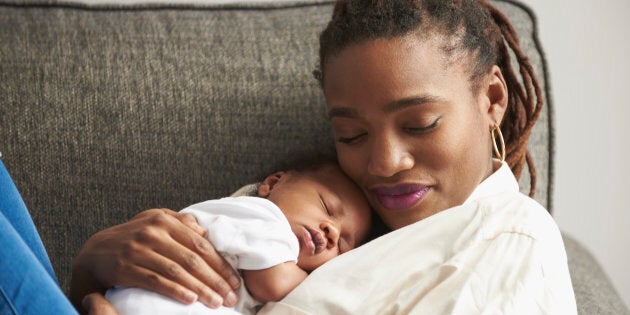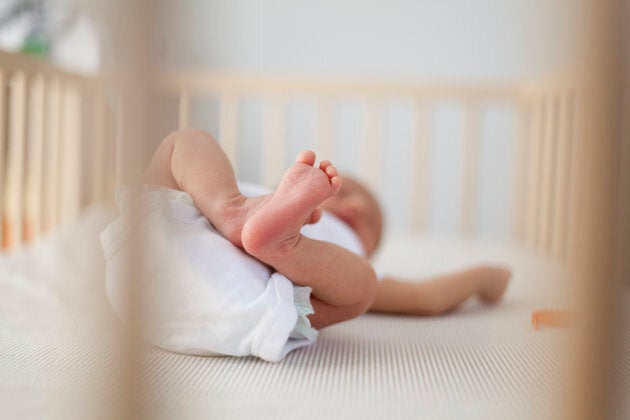
Putting an infant to sleep safely is one of the first things new parents master, but a new study published in The Journal of Pediatrics has found that relatives, friends and babysitters might not be as well educated when it comes to safe sleep practices.
Researchers looked at more than 10,000 infant deaths and found that 1,375 occurred without a parent present. In these cases, the child slept in unsafe sleep positions, such as on their bellies, and in unsafe sleep environments, such as on a couch or in an area with blankets and toys.

To explain this, researcher Jeffrey Colvin, MD, of Children's Mercy Kansas City, noted that this could be due to recent developments in safe sleep practices.
"A lot of relatives and friends may not be aware that babies are safest on their backs," Colvin told Science Daily. "They may have raised children before we knew that this was safest."
Specifically, the study found that while 54.1 per cent of childcare providers placed babies on their backs to sleep as recommended, roughly only 38 per cent of relatives and friends, and 37.8 per cent of babysitters followed this practice.

Additionally, 72.5 per cent of licensed caregivers placed babies in a crib to sleep. However, that number dropped to 49.1 per cent among babysitters, 29.4 per cent among relatives, and 27.1 per cent among friends.
When it comes to sleep safety, the government of Canada website states, "The safest place for your baby to sleep is on his or her back, in a crib, cradle or bassinet." The site adds that room sharing is also recommended during baby's first six months.
This is because Sudden Infant Death Syndrome (SIDS) is the number 1 cause of death for children under one year old. According to Baby Center Canada, SIDS occurs most often during sleep and affects one out of every 2,000 infants. However, creating a safe sleep environment for your baby can reduce the risk of SIDS.
The safest place for your baby to sleep is on his or her back, in a crib, cradle or bassinet.
Besides placing babies on their backs and in a crib, other safe sleep practices include keeping the crib completely empty, except for a firm mattress and fitted sheet. This is because blankets, toys, loose bedding, and so on are potential suffocation hazards.
Bed sharing can also be a potential hazard and Health Canada advises against it.

Additionally, babies should not sleep in an upright position, as it can be difficult for them to breathe when their head falls forward.
In light of the recent study, lead researcher Rachel Moon, MD, of the University of Virginia School of Medicine, is urging parents to educate family, friends and anyone else they leave their baby with on safe sleep practices.
"It's always best to discuss where and how your baby should sleep," Moon told Science Daily. "You can't make assumptions that the person with whom your baby is staying will know what is safest."
Also on HuffPost: